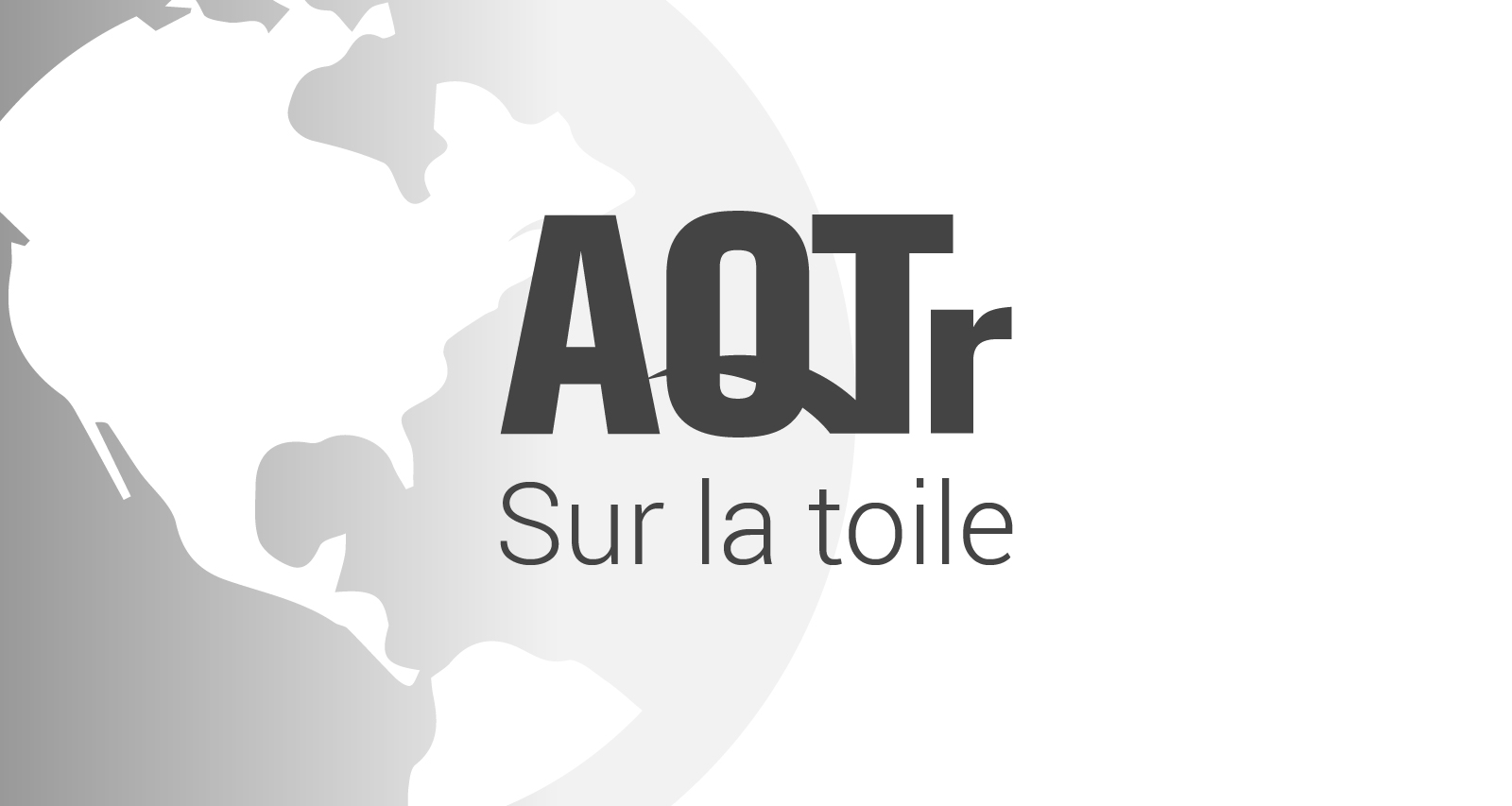The Human Dimension - A Sustainable Approach to City Planning

For decades, the human dimension in urban planning has been overlooked and poorly addressed. The use of city space by a large number of people – a common feature in almost every city – has been increasingly neglected. Restricted space, obstacles, noise, pollution, safety hazards, and generally disgraceful conditions are common for city dwellers in most cities of the world – regardless of global location, economic viability and development status. This situation has not only reduced the opportunities for pedestrianization so walking could become a transportation mode, but it also jeopardized the social and cultural functions of city space. Fortunately, many cities have realized the value of putting humans first in order to create livelier, safer, more sustainable and healthier environments.
The human dimension – a mandatory dimension in new planning
After neglecting the human dimension for years, we have the urgent need and the growing willingness, at the beginning of this new century, to once again create cities for people. New global challenges underscore the importance of more targeted concern for the human dimension. Using the human dimension in planning requires focusing on the needs of city people. This vision of ensuring livelier, safer, more sustainable and healthier cities has become a generalized urgent desire. All these four objectives can be greatly strengthened by increasing the concern for pedestrians, cyclists and city life in general. A unified policy, citywide, aimed at ensuring that city dwellers are invited to walk and bike as much as possible for their daily activities is a strong reinforcement of those objectives.
Cities must urge urban planners and architects to reinforce pedestrianization as an integrated city policy aimed at developing lively, safe, sustainable and healthy environments. It is equally urgent to strengthen the social function of city space as a meeting place that fulfills the aims of social sustainability and a democratic society.
Wanted: lively, safe, sustainable and healthy cities
The desire for a lively city is strengthened when more people are invited to walk, bike and stay in the city. A lively city has a number of positive effects, as it contributes to a safer, more sustainable and healthier environment.
The desire for a safe city is generally strengthened when more people move about and stay in the city. A city that invites people to walk must, by definition, have a reasonably cohesive structure that offers short walking distances, attractive paths and various urban functions. These elements increase activity and the sense of security in and around city spaces. There are more people in the street, and greater incentive, for surrounding houses and buildings, to follow what is going on in the city.
A sustainable city is generally strengthened if it offers “green mobility” transportation choices, such as travelling by foot or by bike. These transportation modes provide key benefits for the economy, resource consumption, the environment, and the need for good city space.
Another important sustainable aspect is that the attractiveness of transit systems is boosted if users feel safe and comfortable walking or cycling to and from buses, light rail and train. Good public space and a good transit system thus become two sides of the same coin.
We are seeing a rapid growth in public health problems because large segments of the workforce, in many parts of the world, have become sedentary, with cars providing door-to-door transportation.
A whole-hearted invitation to walk and bike as a natural and integrated element of daily routines must be a non-negotiable part of a unified health policy. The desire for a healthy city is strengthened dramatically if walking or biking can be a natural part of typical daily activities.
The City of Copenhagen as well as New York City have achieved a vision for a more human dimension in city planning by prioritizing cyclists and pedestrians.
Better conditions for cyclists mean more cyclists: the Copenhagen case
The City of Copenhagen has been restructuring its street network for several decades now, deliberately removing driving lanes and parking places in order to create better and safer conditions for bicycle traffic. Year after year, city dwellers are invited to bike more.
The entire city is now served by an effective and convenient system that includes bike paths, separated from sidewalks and driving lanes by curbs. City intersections have bicycle crossings painted in blue and special traffic lights for bicycles, that turn green six seconds before cars are allowed to move forward. Such initiatives make it considerably safer to cycle around the city.
In short, a whole-hearted invitation has been extended to cyclists, and patterns of use clearly reflect great results. Bicycle traffic has doubled from 1995 to 2005, and in 2008, statistics showed that 37% of personal transportation to and from work and educational institutions was by bicycle. The goal is to considerably increase this percentage in the years to come.
As conditions for cyclists improve, a new bicycle culture is emerging. Children and seniors, business people and students, parents with young children, MPs and mayors now ride bicycles. Cycling around the city has become the way to get around. It is faster and cheaper than any other transportation option, and it is also good for the environment and personal health.
Interplay between city life and the quality of city space - the New York City case
Although pedestrian traffic has traditionally dominated the streets of Manhattan in New York City, it has been difficult to find a spot to sit, watch people passing, and enjoy city life.
In 2007, an extensive program was launched to promote greater versatility in city life. The idea was to provide the extensive purposeful pedestrian traffic with better options for recreation and leisure activities. For example, on Broadway, expanded sidewalks have provided room for cafe chairs and places to hang about, while a number of new car-free areas with many opportunities for pedestrians and cyclists have been set up in Madison Square, Herald Square and Times Square.
In all of these cases, these new facilities were adopted at once. Almost every day, new offerings have enriched city life and made it far more multifaceted. Even in New York City, there is obviously a need for city space and a great interest in participating more in city life now that there are more opportunities and solid invitations.
Cities by people and for people
What is remarkable about Copenhagen’s development as well as New York City’s is that it reflects a growing understanding that cities must be designed to promote pedestrian traffic and city life. These cities want people to walk in their city space; they recognize the importance of pedestrian and cycling traffic to society’s sustainability and better health, and they acknowledge the importance of city space and city life, in this new century, as an attractive, informal and democratic meeting place for their residents.
Planning with human beings in mind – and not the number of cars, square meters or technical specifications of various transit systems – can create more sustainable cities, environmentally as well as economically and socially.
Four goals – one policy
Concern for the human dimension in city planning reflects a distinct and strong demand for greater urban quality. There are direct connections between improvements for people in city space and the strong desire for lively, safe, sustainable and healthy cities.
In developing countries, the plight of the human dimension is far more complex and serious. Most of the population is forced to use city space intensively for many daily activities. Traditionally, city space has worked reasonably well for these uses, but when car traffic soars, the competition for city space intensifies.
The conditions of urban life and pedestrians have become less and less dignified over the years. Compared to other social investments – particularly in healthcare and traffic infrastructure – the cost of including the human dimension is so modest that investments in this area will be possible for cities in all parts of the world, regardless of development status and financial capability.
This text is based on Jan Gehl’s book, Cities for People (2010), which was published in French in 2012 by Les Éditions Écosociété (Pour des villes à échelle humaine).















